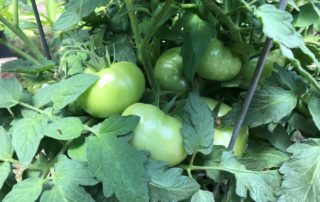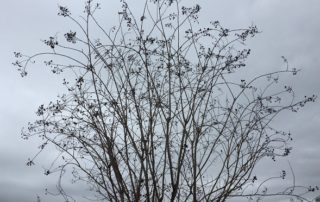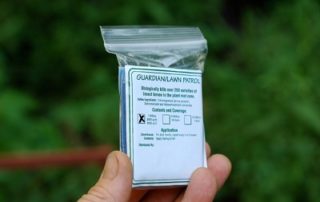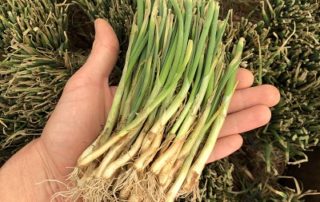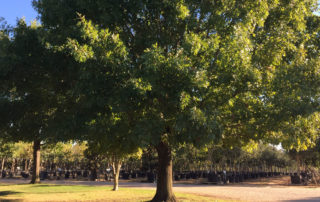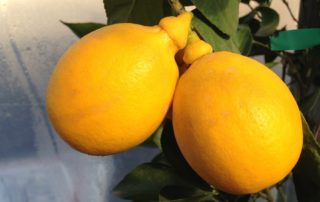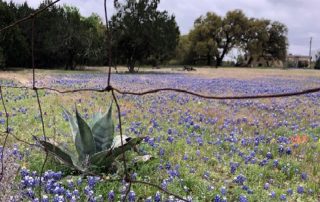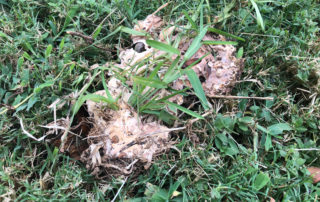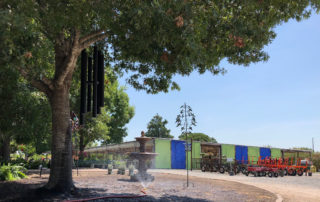Tomato Tips
Tomato Tips Timing: Plant as early as possible in Central Texas. Buy your transplants in February and transplant them to 1-gallon pots which you can move in and out according to the temperature. Tomatoes will not do well below 55 degrees but can be set out in the sun during the warmer days until mid-March, when they can be planted directly into the garden. Your plants will likely have flowers and fruit on them when you set them out! Container or In-ground: Containers should be a minimum of 15 [...]

